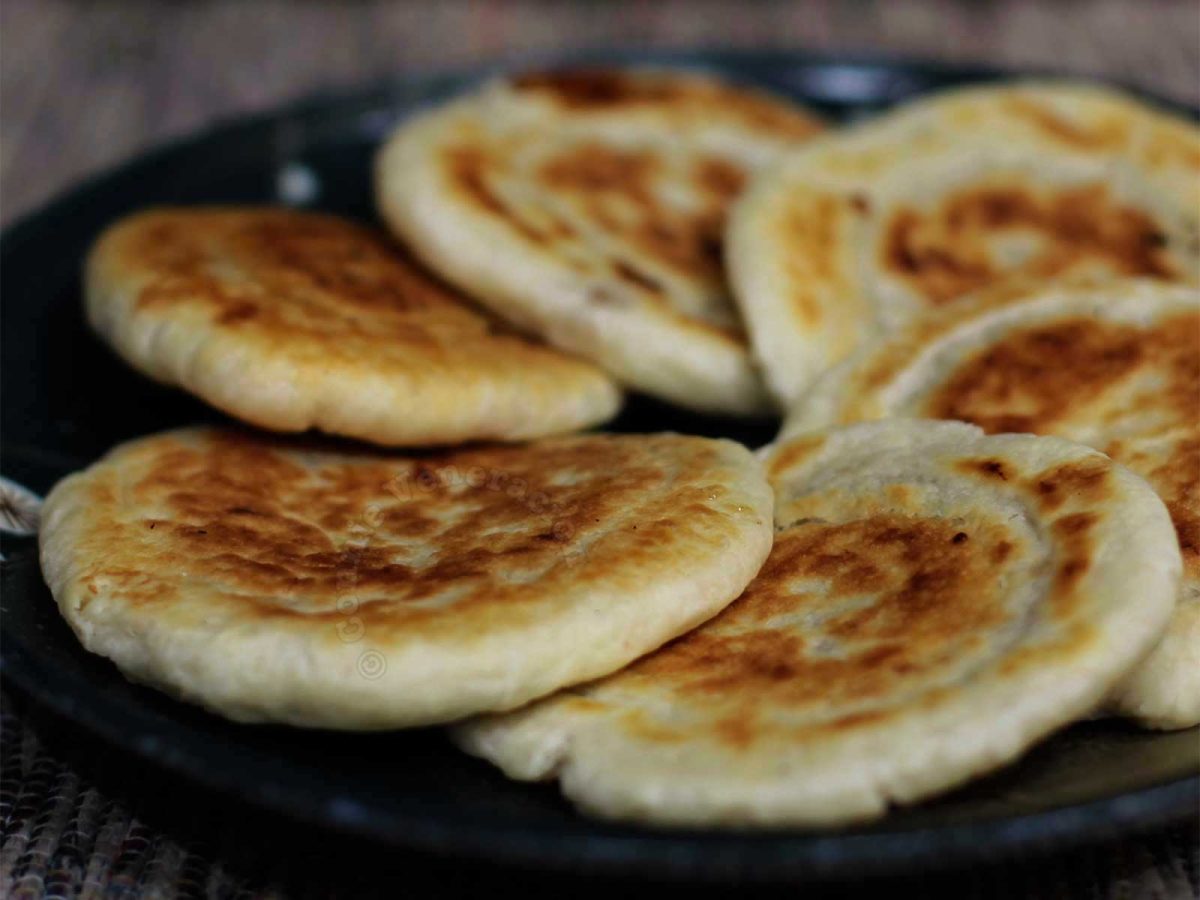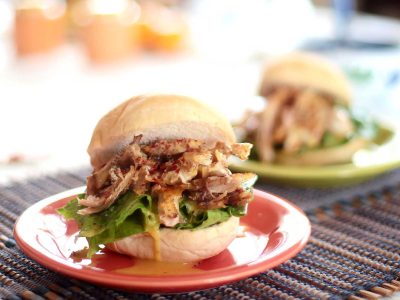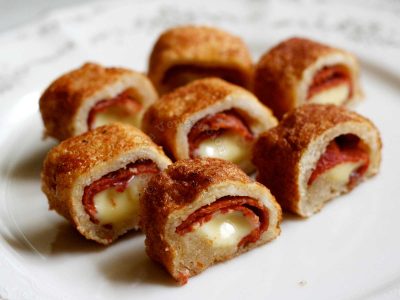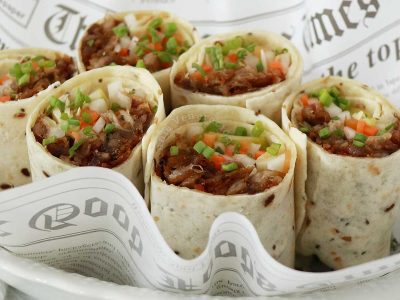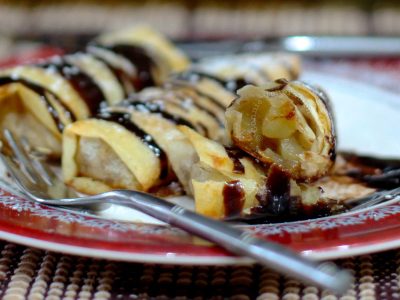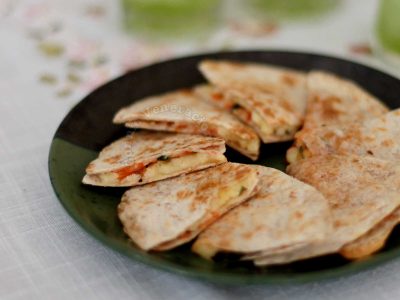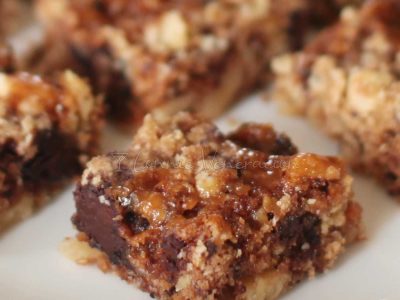So rich in texture. Your hotteok experience begins as your teeth breaks through a crispy crust. Beneath the crispiness is a lightly chewy bread that hides a sweet filling made with toasted nuts and brown sugar. The sugar melts during cooking to moisten the center of the pancake.
What does hotteok mean, exactly?
Pronounced somewhere between HO-tuck and HO-duck, according to Korean-American chef Judy Joo, hotteok does not actually translate to sweet pancake. The literal translation of hotteok to English is “barbarian’s rice cake”. How hotteok entered the Korean culinary landscape is an interesting bit of history.
Story has it that when the Qing dynasty dispatched armies to Korea in 1882, 40 merchants arrived with the Chinese soldiers. When the Qing dynasty fell, the merchants elected to stay in Korea, opened a restaurant and started selling dumplings and pancakes.
Most Chinese pancakes being savory, these merchants adapted the food they sold to suit the Koreans’ penchant for sweet food. Pan fried pancakes with sweet filling was born, the Koreans christened them “hotteok” and they have since become a popular street food typically eaten in winter.
Hotteok dough
Hotteok is made with leavened dough. All-purpose flour, white sugar, yeast and salt are mixed, allowed to rise, kneaded for a short time and left to rise a second time.
Hotteok filling
The filling is a mixture of ground nuts (typically peanuts) and cinnamon sugar. In this recipe, pili nuts native to the Philippines are used in lieu of peanuts.
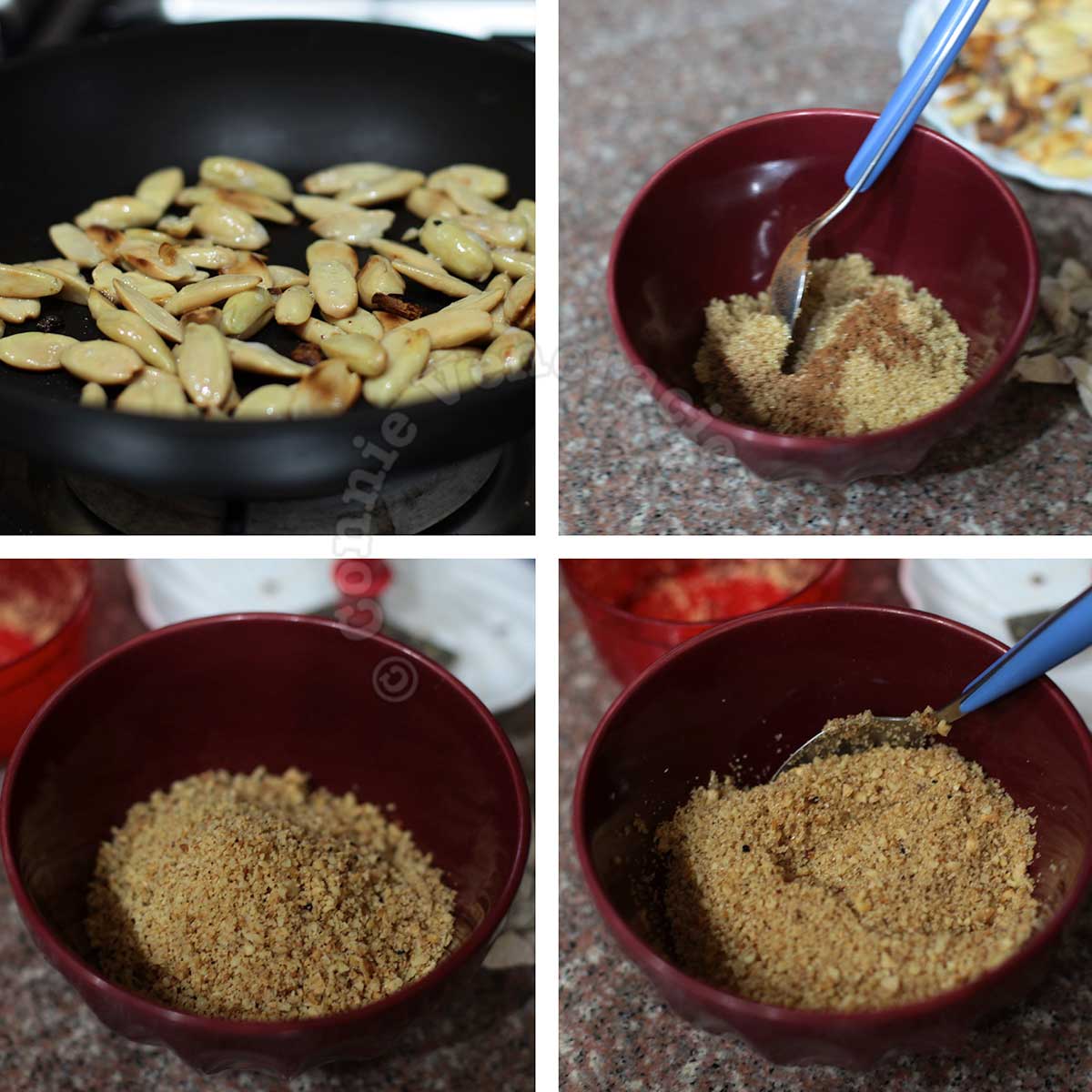
The nuts are toasted until glistening with their own oil. While they cool, brown sugar is stirred with cinnamon and nutmeg. The cooled nuts are ground and tossed with the sugar mixture.
How to make hotteok
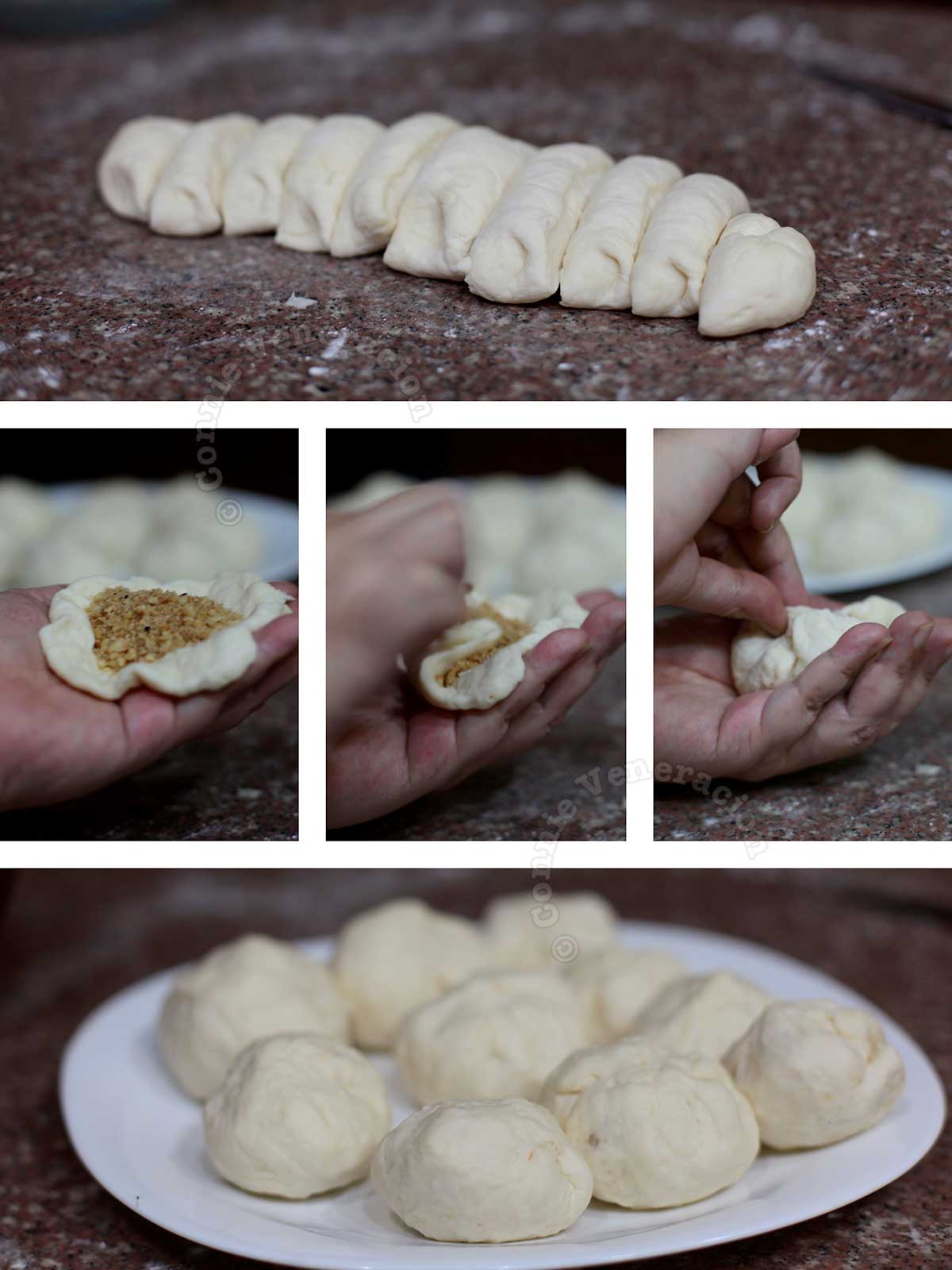
To make hotteok, dump the risen rough on a lightly floured work surface, roll it into a log then cut the log into small pieces.
Take a piece of dough, flatten it with your hands then take a heap of the sugar-nut mixture and place at the center of the flattened dough. Gather the edges of the dough and pinch to seal in the filling.
How to cook hotteok
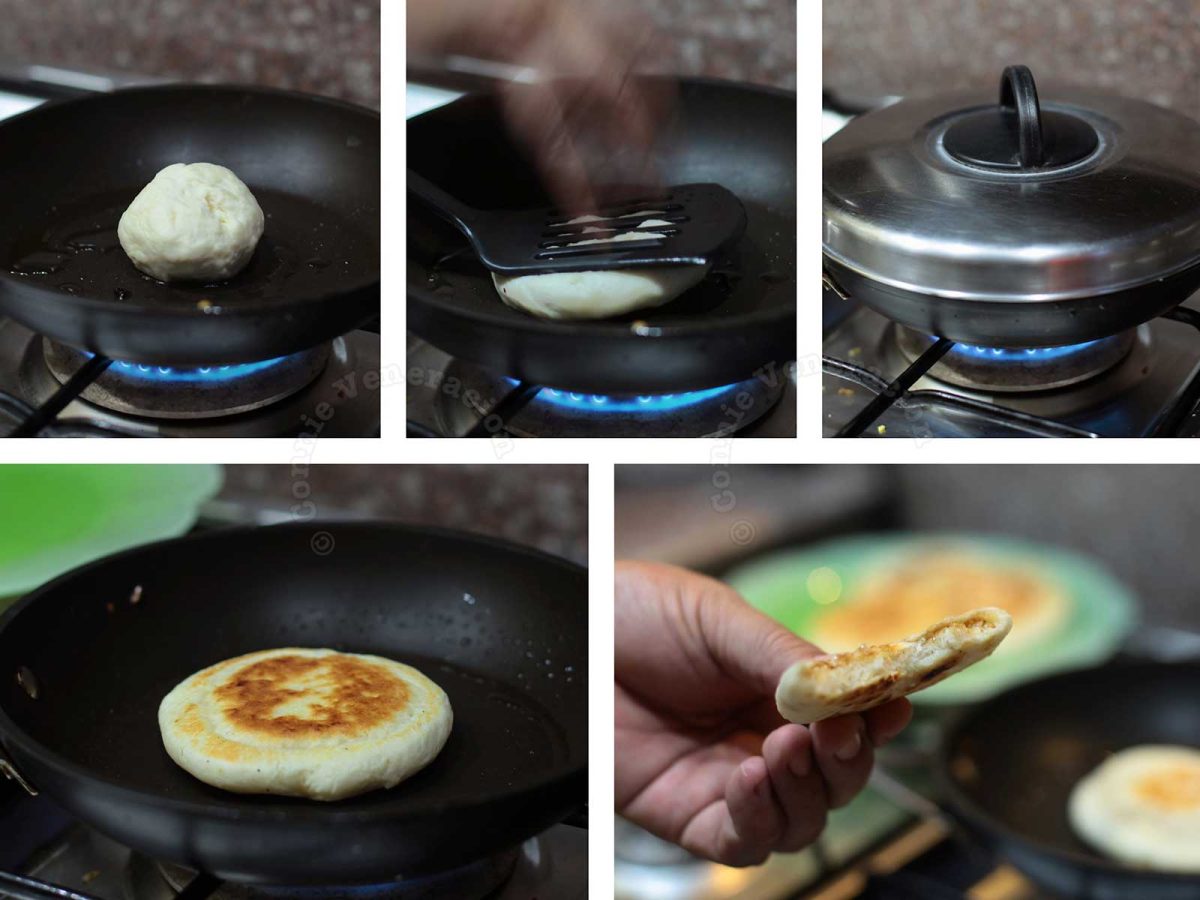
To cook hotteok, drizzle oil in a pan and lay the filled dough on the hot oil. Cook initially for half a minute, flip over, flatten with a spatula then cover the pan and cook the pancake for a minute. As the bread cooks, the filling gets heated and the sugar melts to turn it gooey.
How many hotteok you can cook at the same time depends on the size of your pan. A large pan can accommodate three to four pancakes. But if your pan is small like mine, cook the pancakes one at a time so that the dough do not touch one another especially after the pancakes are flattened. This ensures proper circulation of heat.
Korean sweet pancakes (hotteok)
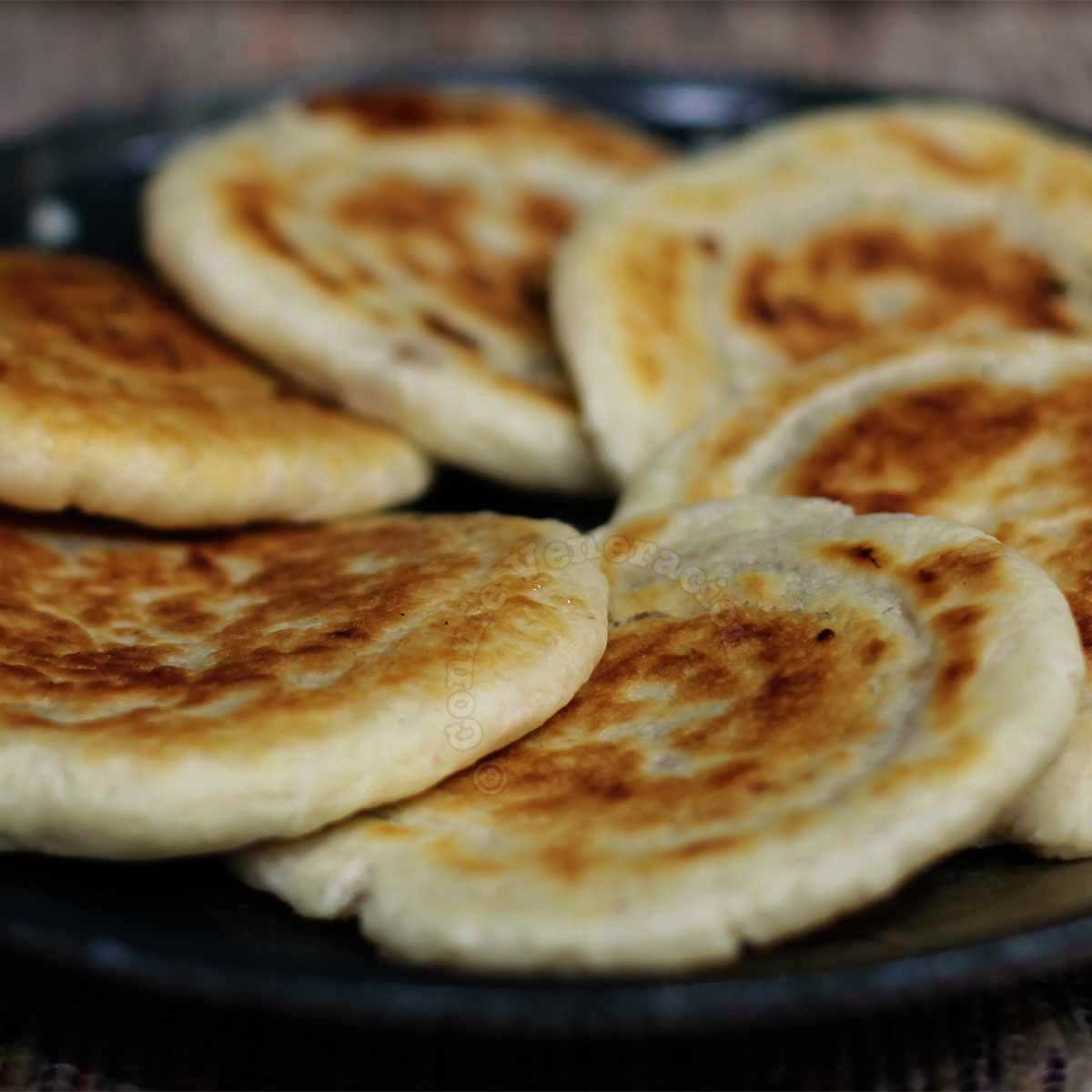
Ingredients
Dough
- 2 teaspoons instant yeast
- 2 teaspons white sugar
- ½ teaspoon salt
- 2 tablespoons vegetable oil
- 2 cups all-purpose flour
Filling
- nuts peanuts are traditional but pili nuts are used here
- ⅓ cup brown sugar firmly packed
- ½ teaspoon cinnamon
- ¼ teaspoon nutmeg
To cook
- cooking oil
Instructions
- Pour a cup of lukewarm water into a mixing bowl.
- Add the yeast, sugar, salt and oil. Stir.
- Dump in the flour. Mix just until the dough comes together.
- Cover the bowl with cling film and leave to rise until double in volume.
- Sprinkle flour on the work surface. Dump the dough on the floured area. Knead for about two minutes. Put back in the bowl and leave to rise while you prepare the filling.
- In an oil-free pan, toast the nuts until glistening with their own oil. Cool then chop — finely or coarsely, that is up to you.
- In a small bowl, whisk together the brown sugar, cinnamon and nutmeg.
- Stir the chopped nuts into the sugar mixture.
- Take the dough out of the bowl and form into a log. Cut into eight to 10 equal pieces.
- Take a piece of dough, flatten between your hands, fill with about two heaping teaspoonfuls of the nut-sugar mixture, gather the edges then pinch to seal.
- Repeat for the rest of the dough and filling.
- Heat half a teaspoonful of oil in a pan. Lower a piece of filled dough. Cook over medium heat for about 30 seconds. Flip. Drizzle in another half a teaspoonful of oil.
- Using the back of a spatula, flatten the dough to about half an inch thick.
- Cover the pan and cook the pancake for a minute.
- Uncover, flip and cook for another half a minute.
- Repeat until all the pancakes are cooked. Note that, if you have a large frying pan, you can cook more than one pancake at a time.
- Serve the hotteoks as soon as they are done. That’s when they are at their very best.

